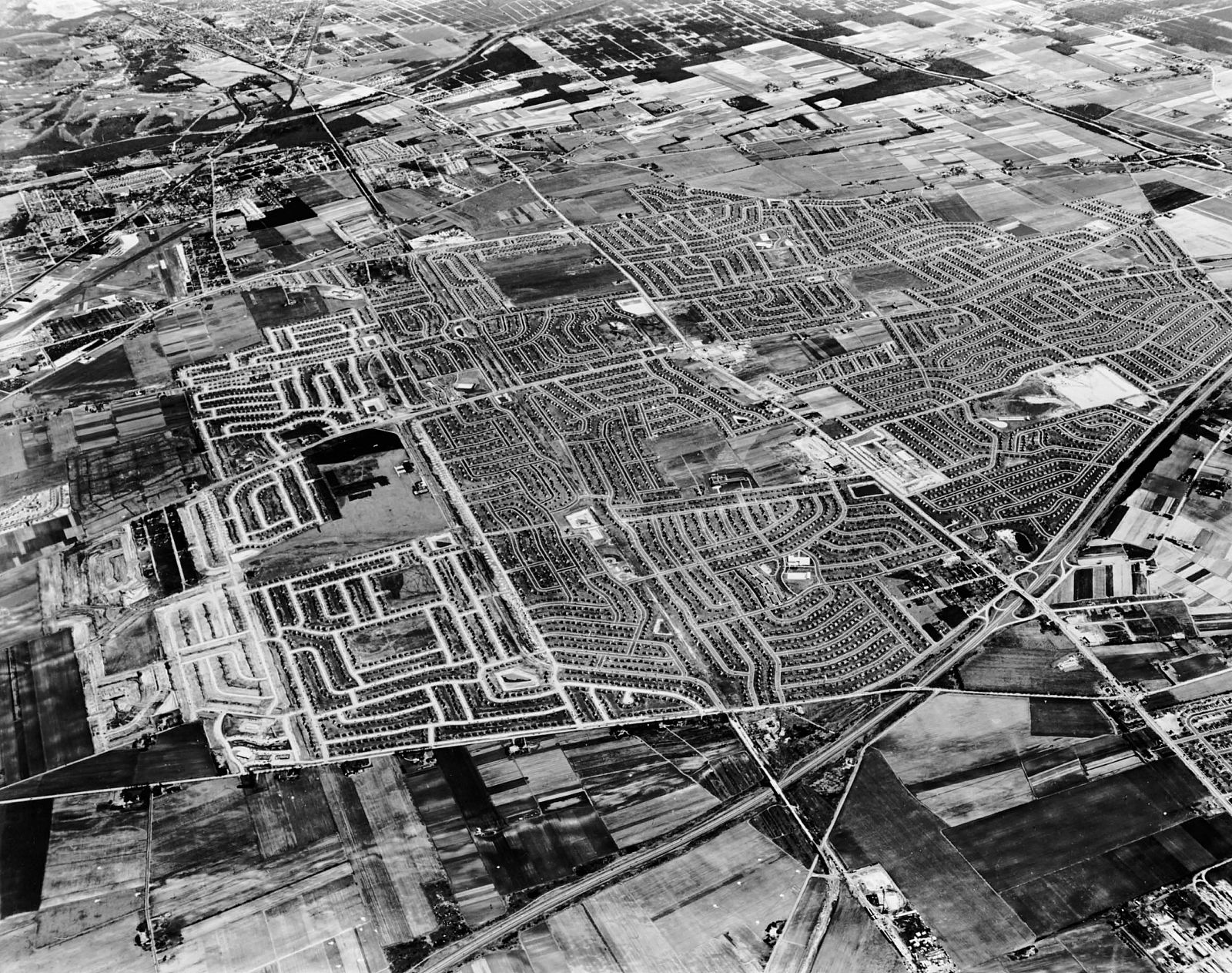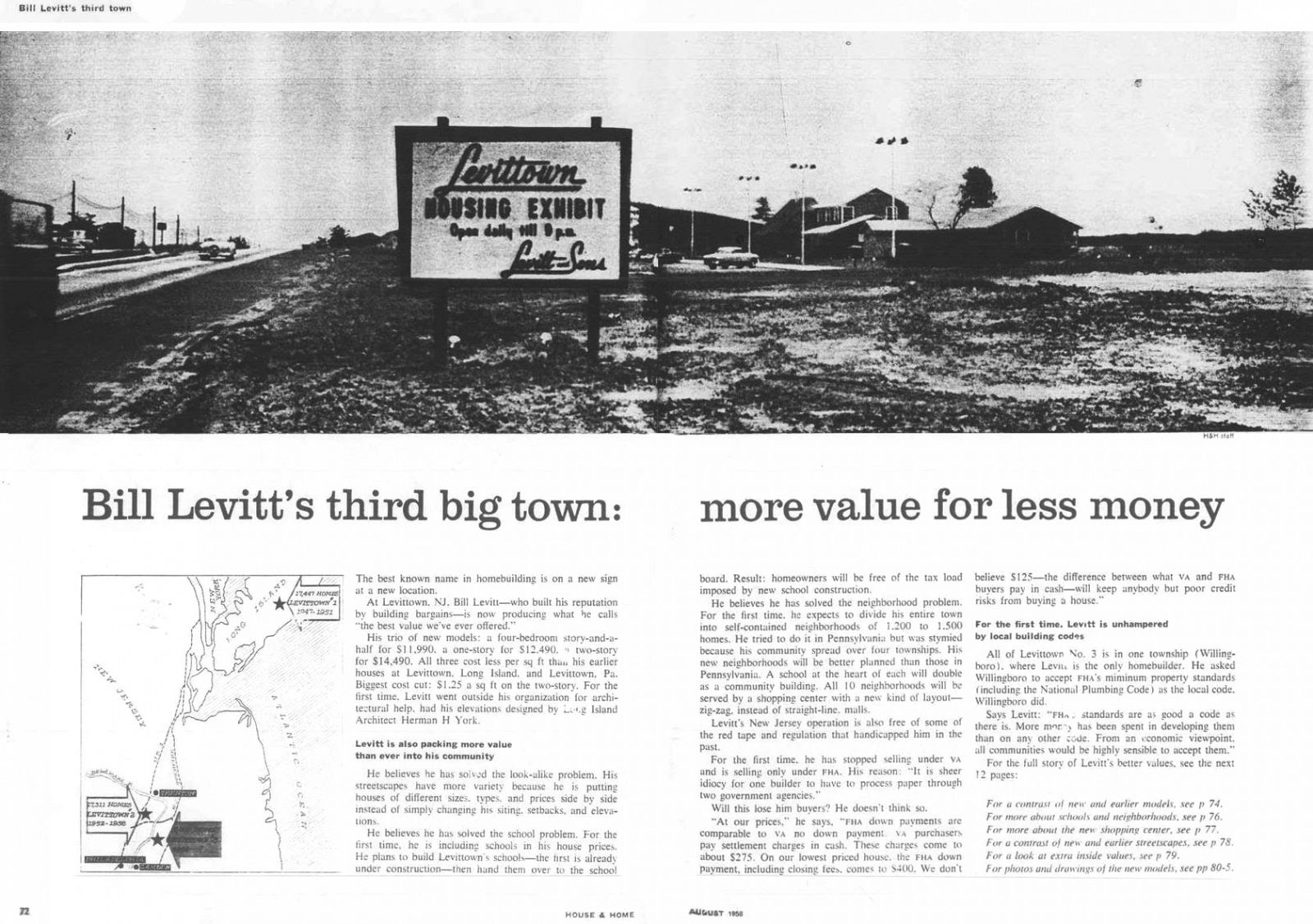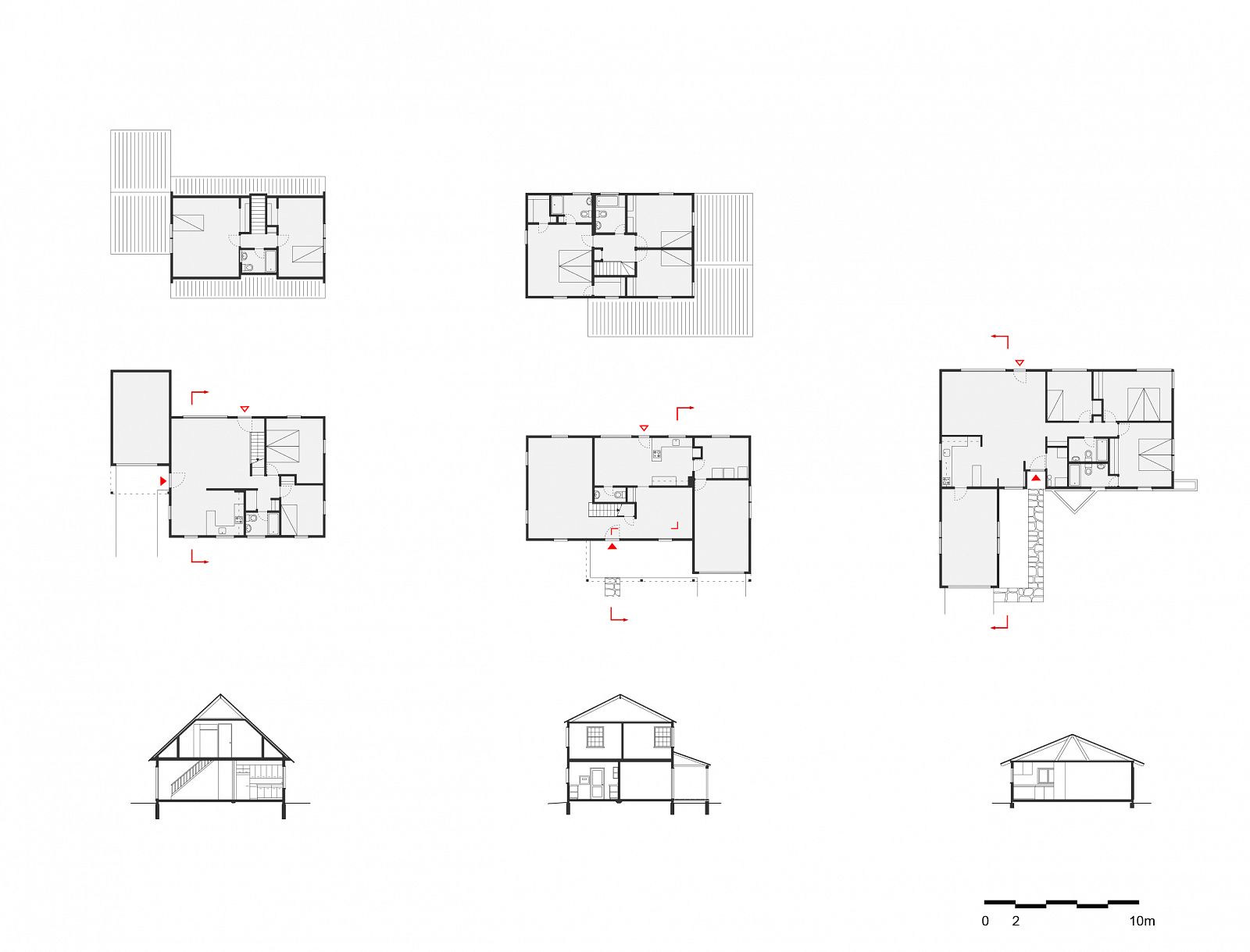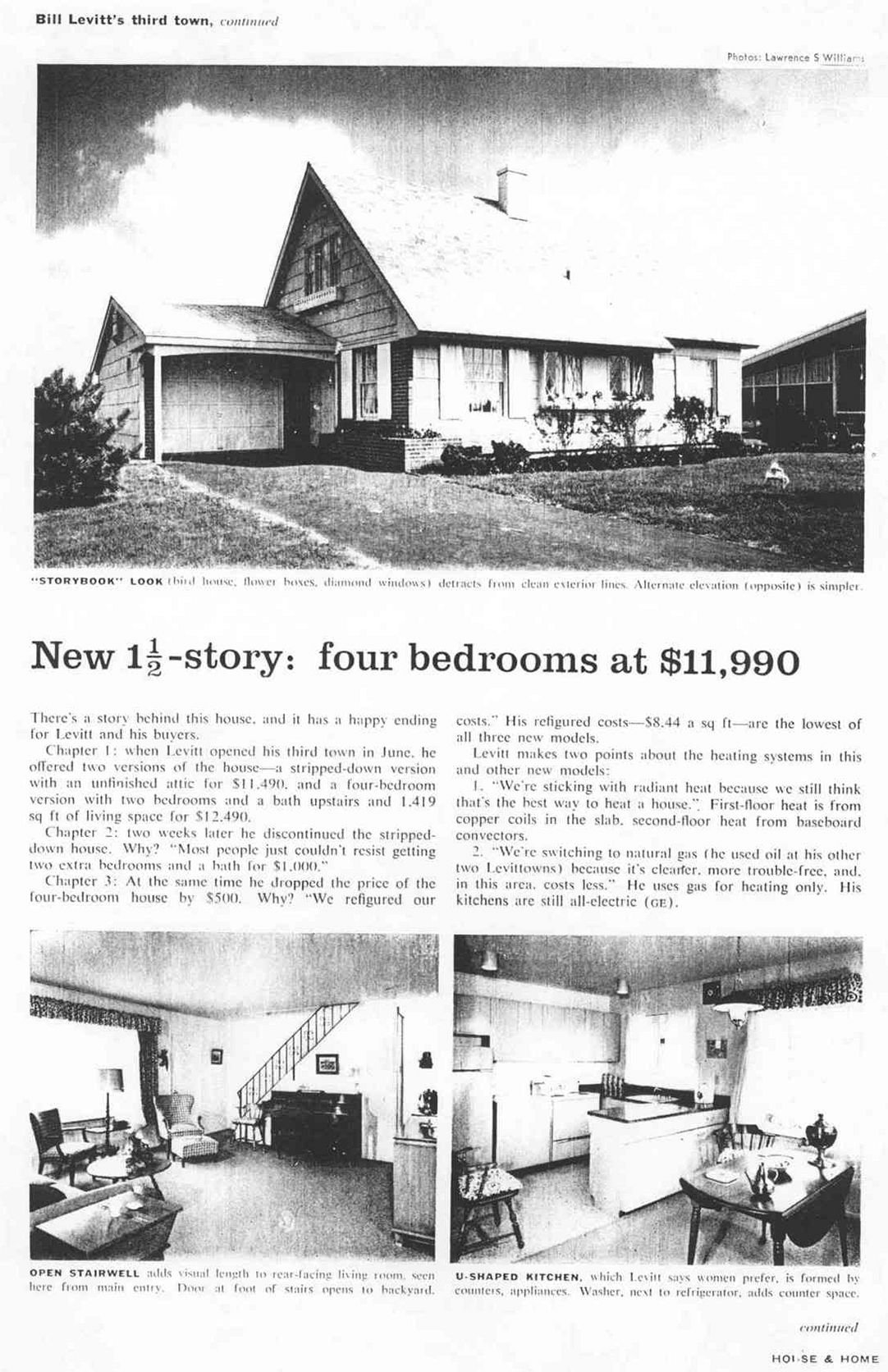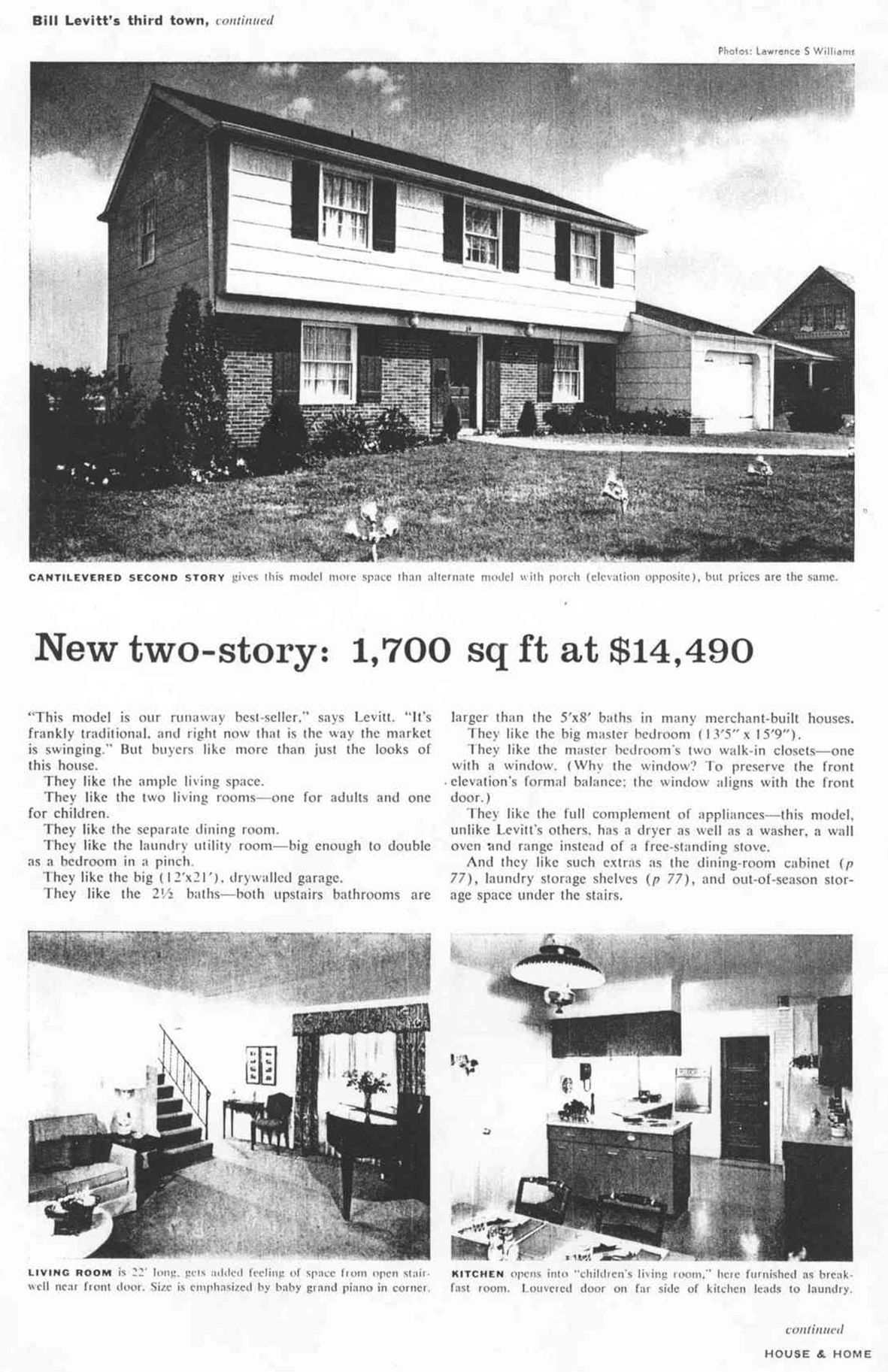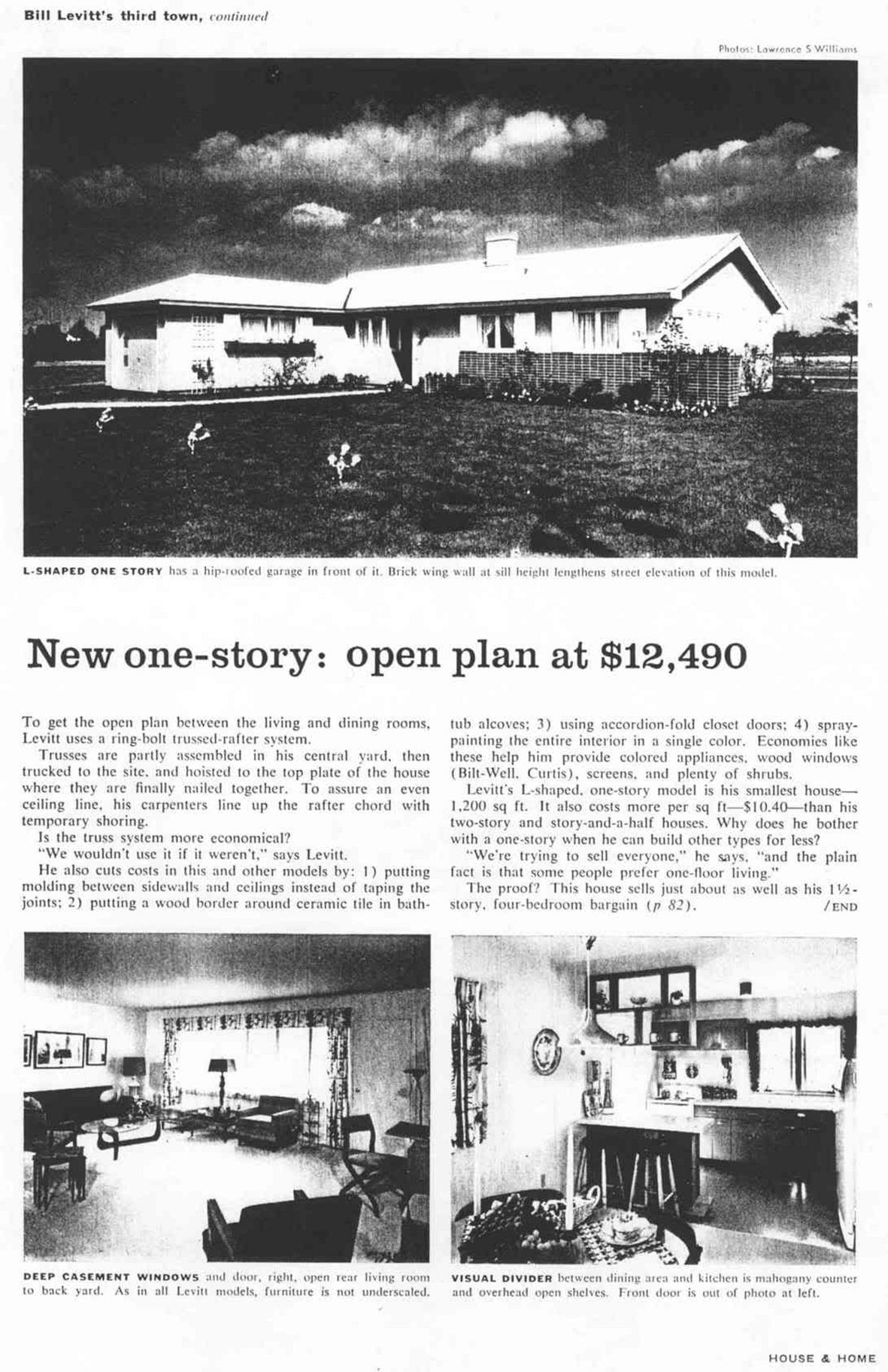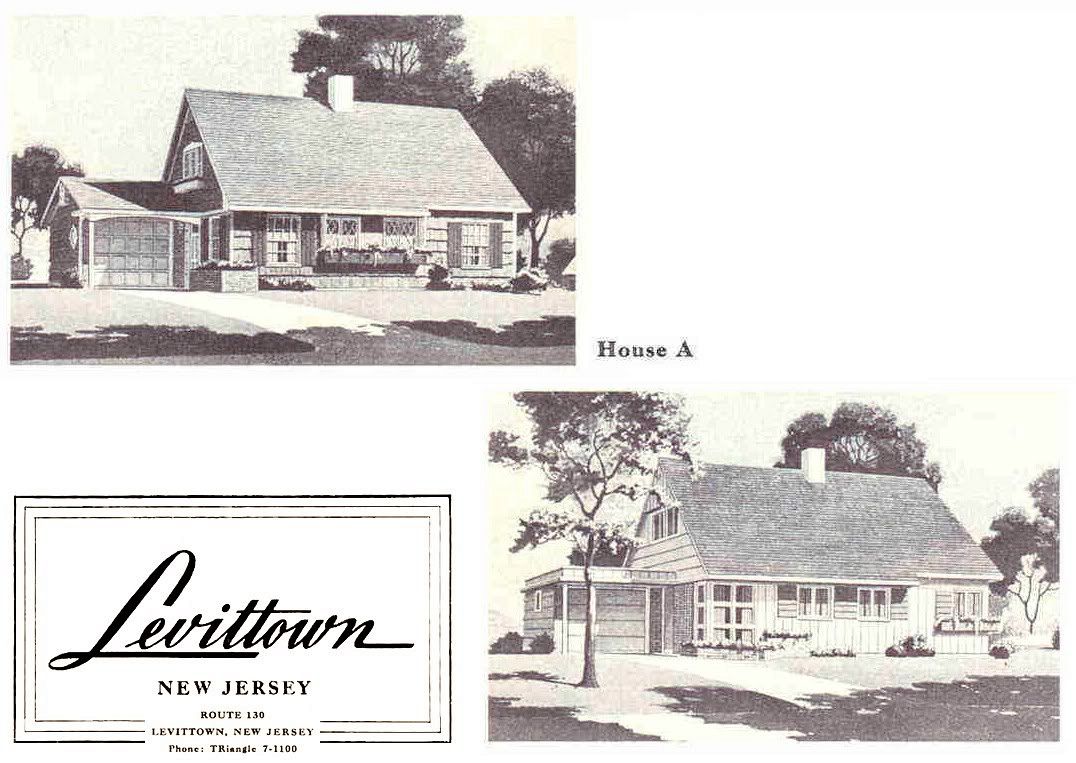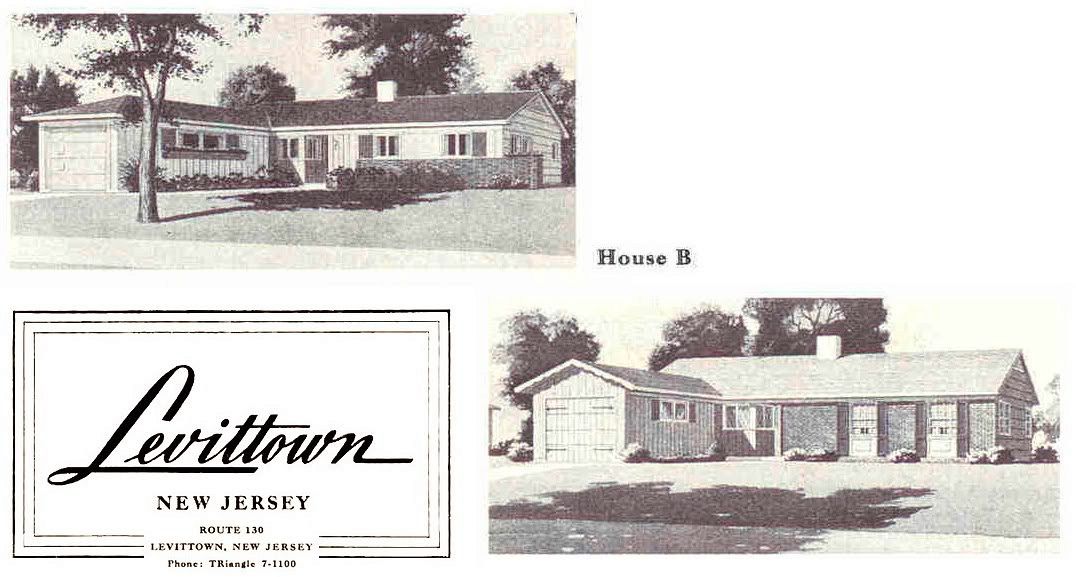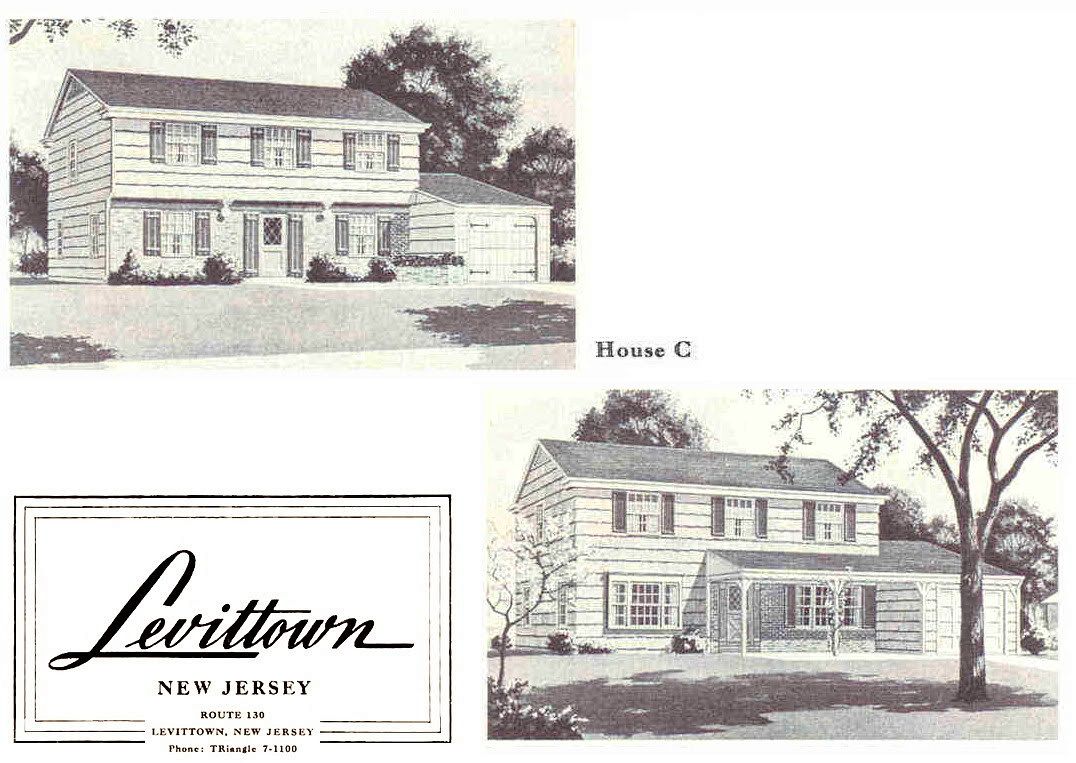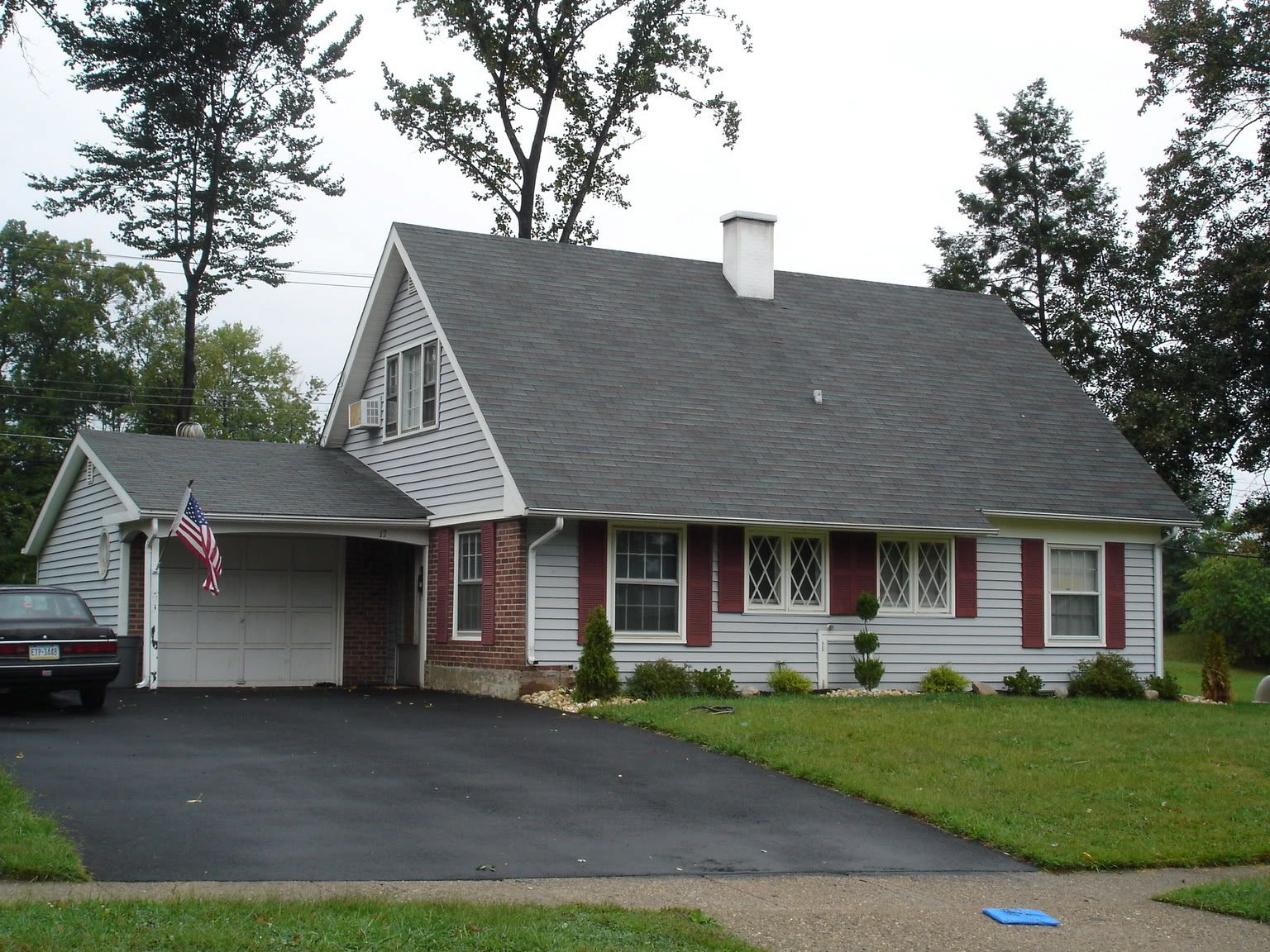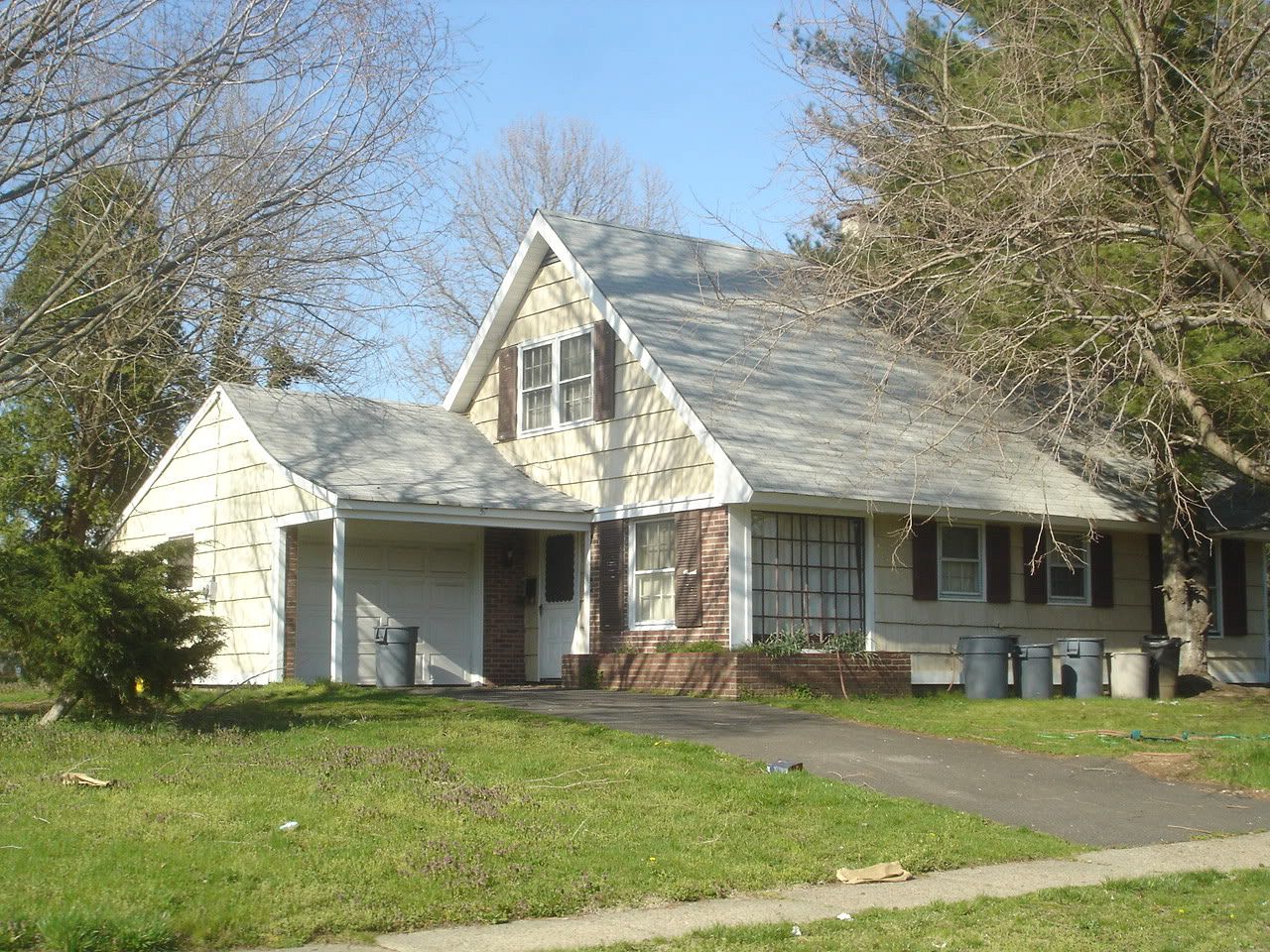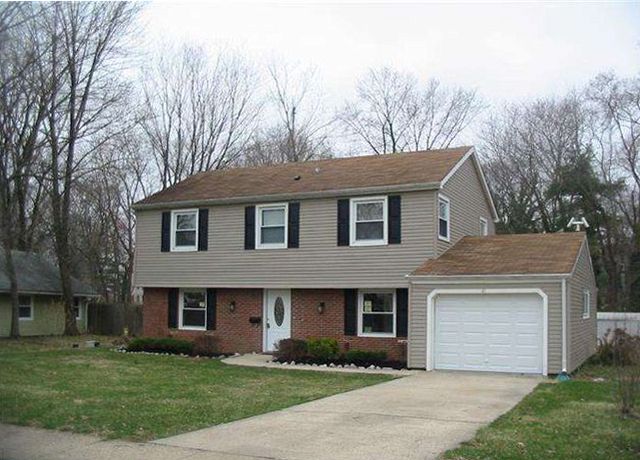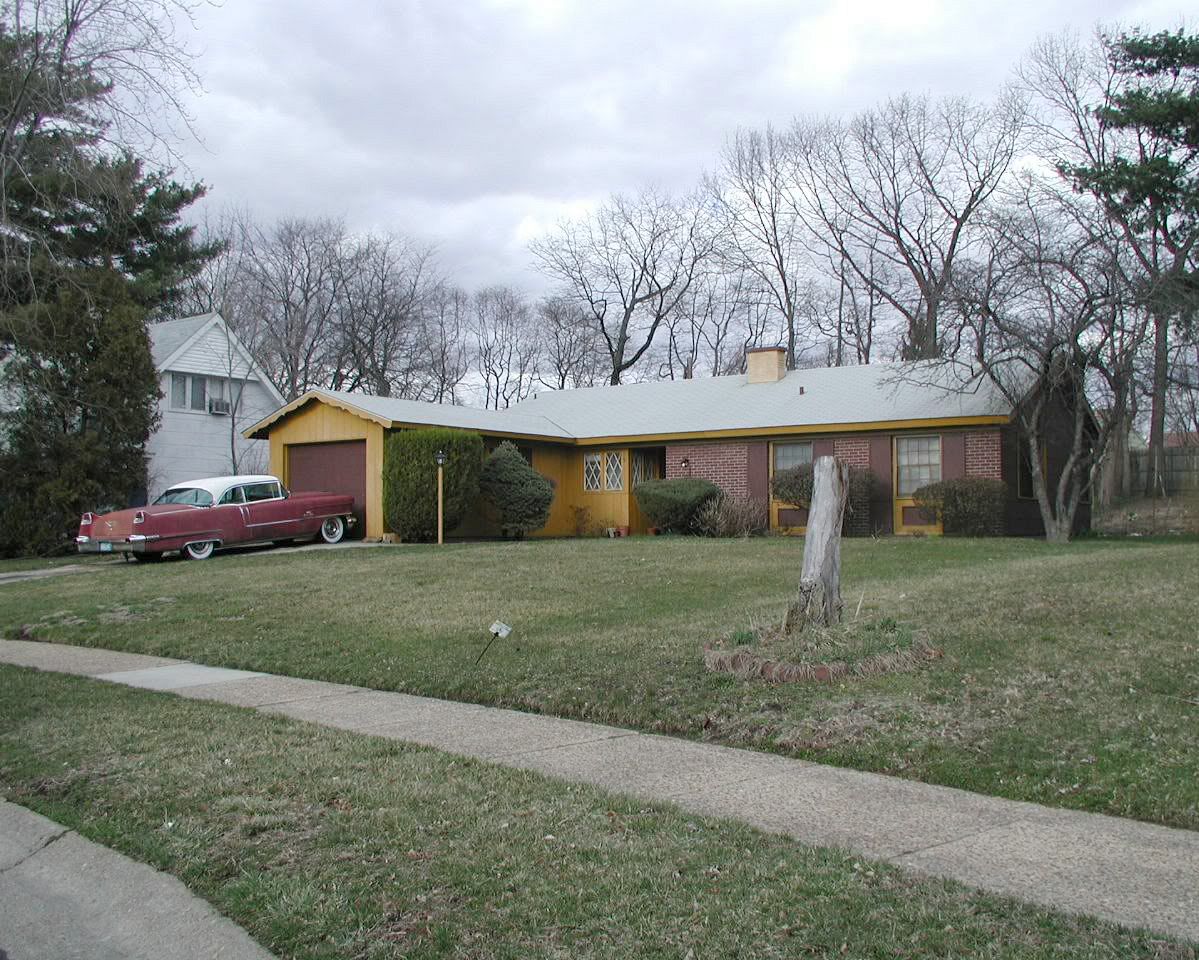- Angola, Uíge
- Bangladesh, Dhaka
- Bangladesh, Sylhet
- Bangladesh, Tanguar Haor
- Brazil, São Paulo
- Chile, Iquique
- Egypt, Luxor
- Ethiopia, Addis Ababa
- Ghana, Accra
- Ghana, Tema
- Ghana, Tema Manhean
- Guinee, Fria
- India, Ahmedabad
- India, Chandigarh
- India, Delhi
- India, Indore
- India, Kerala
- India, Mumbai
- India, Nalasopara
- India, Navi Mumbai
- Iran, multiple
- Iran, Shushtar
- Iran, Tehran
- Italy, Venice
- Kenya, Nairobi
- Nigeria, Lagos
- Peru, Lima
- Portugal, Evora
- Rwanda, Kigali
- Senegal, Dakar
- Spain, Madrid
- Tanzania, Dar es Salaam
- The Netherlands, Delft
- United Kingdom, London
- United States, New York
- United States, Willingboro
- 2020-2029
- 2010-2019
- 2000-2009
- 1990-1999
- 1980-1989
- 1970-1979
- 1960-1969
- 1950-1959
- 1940-1949
- 1930-1939
- 1920-1929
- 1910-1919
- 1900-1909
- high-rise
- incremental
- low-rise
- low income housing
- mid-rise
- new town
- participatory design
- sites & services
- slum rehab
- Marion Achach
- Tanushree Aggarwal
- Rafaela Ahsan
- Jasper Ambagts
- Trupti Amritwar Vaitla (MESN)
- Purbi Architects
- Deepanshu Arneja
- Tom Avermaete
- W,F,R. Ballard
- Ron Barten
- Michele Bassi
- A. Bertoud
- Romy Bijl
- Lotte Bijwaard
- Bombay Improvement Trust
- Fabio Buondonno
- Ludovica Cassina
- Daniele Ceragno
- Jia Fang Chang
- Henry S. Churchill
- Bari Cobbina
- Gioele Colombo
- Rocio Conesa Sánchez
- Charles Correa
- Freya Crijn
- Ype Cuperus
- Javier de Alvear Criado
- Coco de Bok
- Jose de la Torre
- Junta Nacional de la Vivienda
- Margot de Man
- Jeffrey Deng
- Kim de Raedt
- H.A. Derbishire
- Pepij Determann
- Anand Dhokay
- Kamran Diba
- Jean Dimitrijevic
- Olivia Dolan
- Youri Doorn
- Constantinus A. Doxiadis
- Jane Drew
- Jin-Ah Duijghuizen
- Michel Écochard
- Carmen Espegel
- Hassan Fathy
- Federica Fogazzi
- Arianna Fornasiero
- Manon Fougerouse
- Frederick G. Frost
- Maxwell Fry
- Lida Chrysi Ganotaki
- Yasmine Garti
- Mascha Gerrits
- Mattia Graaf
- Greater London Council (GLC)
- Anna Grenestedt
- Vanessa Grossman
- Marcus Grosveld
- Gruzen & Partners
- Helen Elizabeth Gyger
- Shirin Hadi
- Anna Halleran
- Francisca Hamilton
- Klaske Havik
- Katrina Hemingway
- Dirk van den Heuvel
- Jeff Hill
- Bas Hoevenaars
- S. Holst
- Maartje Holtslag
- Housing Development Project Office
- Genora Jankee
- Michel Kalt
- Anthéa Karakoullis
- Hyosik Kim
- Stanisław Klajs
- Stephany Knize
- Bartosz Kobylakiewicz
- Tessa Koenig Gimeno
- Mara Kopp
- Beatrijs Kostelijk
- Annenies Kraaij
- Aga Kus
- Sue Vern Lai
- Yiyi Lai
- Isabel Lee
- Monica Lelieveld
- Jaime Lerner
- Levitt & Sons
- Lieke Lohmeijer
- Femke Lokhorst
- Fleur A. Luca
- Qiaoyun Lu
- Danai Makri
- Isabella Månsson
- Mira Meegens
- Rahul Mehrotra
- Andrea Migotto
- Harald Mooij
- Julie Moraca
- Nelson Mota
- Dennis Musalim
- Timothy Nelson Stins
- Gabriel Ogbonna
- Federico Ortiz Velásquez
- Mees Paanakker
- Sameep Padora
- Santiago Palacio Villa
- Antonio Paoletti
- Caspar Pasveer
- Casper Pasveer
- V. Phatak
- Andreea Pirvan
- PK Das & Associates
- Daniel Pouradier-Duteil
- Michelle Provoost
- Pierijn van der Putt
- Wido Quist
- Frank Reitsma
- Raj Rewal
- Robert Rigg
- Robin Ringel
- Charlotte Robinson
- Roberto Rocco
- Laura Sacchetti
- Francisco Javier Sáenz de Oiza
- Ramona Scheffer
- Frank Schnater
- Sanette Schreurs
- Tim Schuurman
- Dr. ir. Mohamad Ali Sedighi
- Sara Seifert
- Zhuo-ming Shia
- Geneviève Shymanski
- Manuel Sierra Nava
- Carlos Silvestre Baquero
- Mo Smit
- Christina Soediono
- Joelle Steendam
- Marina Tabassum
- Brook Teklehaimanot Haileselassie
- Kaspar ter Glane
- Anteneh Tesfaye Tola
- Carla Tietzsch
- Fabio Tossutti
- Paolo Turconi
- Burnett Turner
- Unknown
- Frederique van Andel
- Ties van Benten
- Hubert van der Meel
- Anne van der Meulen
- Anja van der Watt
- Marissa van der Weg
- Jan van de Voort
- Cassandre van Duinen
- Dick van Gameren
- Annemijn van Gurp
- Mark van Kats
- Bas van Lenteren
- Rens van Poppel
- Rens van Vliet
- Rohan Varma
- Stefan Verkuijlen
- Pierre Vignal
- Gavin Wallace
- W.E. Wallis
- Michel Weill
- Julian Wijnen
- Ella Wildenberg
- V. Wilkins
- Alexander Witkamp
- Krystian Woźniak
- Hatice Yilmaz
- Haobo Zhang
- Gonzalo Zylberman
- Honours Programme
- Master thesis
- MSc level
- student analysis
- student design
- book (chapter)
- conference paper
- dissertation
- exhibition
- interview
- journal article
- lecture
- built
Levittown
Following the Second World War, the United States faced a huge housing shortage. During the war and the preceding Great Depression of the 1930s, housing production had been reduced to fewer than 100,000 new dwellings per year. The sudden influx of soldiers returning from the war led to an acute housing shortage at the end of the war. By 1945, 3.6 million American families had no house or apartment.
However, in the years after the war, the combination of legislation (the 1949 Housing Act, which stipulated 810,000 new dwellings be built annually for a period of six years), policy (cheap loans for war veterans) and a rapidly growing economy led to a boom in house building that would greatly determine the face of America. On the outskirts of cities, suburbs featuring detached dwellings – many with garages and front and back gardens – on meandering streets emerged one after the other. This urban low-rise model was called ‘suburbia’ and it became the symbol of the American way of life, praised and portrayed in the popular media, diligently studied by social scientists and looked at askance by architects and urban planners. And as suburbia symbolizes the post-war American way of living, so Levittown symbolizes suburbia itself.
Levittown is the model for large-scale suburbs that was developed by project development and construction company Levitt & Sons. Having gained knowledge of prefabrication and industrialization during the war, the company saw its way clear to market affordable housing – and neighbourhoods – according to the same principles. It was a resounding success: more than 200 Levittowns were built in a period of approximately 25 years, mainly in the United States but also in Canada, Puerto Rico, Spain and France. And William Levitt was given the nickname ‘King of Suburbia’.
A typical Levittown consists of ten to 20 low-traffic neighbourhoods, each with approximately 1,000 detached dwellings and a couple of communal facilities such as school buildings. Both the dwelling designs and the urban plan originate from the drawing boards of Levitt & Sons. Drives connect the houses to the meandering streets lined with wide sidewalks and strips of green. The plots also have substantial back gardens.
Future residents choose the dwelling they want from a catalogue. Usually, there are three different types available, ranging from two- to four-bedroom houses. The most successful options – the Cape Cod, the Rancher and the Colonial – echo dwelling types popular on the American East Coast. As it turns out, these are more popular than the more modern-looking dwellings Levitt also experimented with. The floor plans are very compact: they have a minimum of traffic space and the more symbolic spaces, like the hall, are not included at all. Everything is ready for use: the dwellings are equipped with kitchens, a washing machine and fitted closets.
Crucial to the success of Levittown are the efficiency and industrialization of the construction process. Photographs of a Levittown under construction show concrete floor slabs surrounded by displays of materials and components from which a procession of workers travelling from one building site to the next build one dwelling after another. The control over the process is even more far-reaching. Levitt attempts, and largely succeeds, to gain control over each link in the production chain, from sawmill to white goods wholesaler.
The public opinion on Levittown is of vital importance to Levitt & Sons. The company goes to great lengths to meet the fierce criticism vented on suburbia in general – and Levittown in particular – with design improvements. Within the limits of industrialization there are various choices possible with regard to roof shape and finishing standards. Per dwelling type, there are two front façade variations to choose from and these can be painted in different colours. This counteracts some of the uniformity that incurs the most disapproval by far.
The dwelling design itself also changes. The first living rooms faced the road; later the emphasis shifts to the back, where the living room and garden (and the communal green beyond) create the ideal family space, far from the hectic pace of the city. These characteristics are still typical of suburbia today. Based on William Levitt’s commercial instincts, Levittown not only contributed to the relief of the post-war housing shortage, but also to the transformation of the American housing culture.
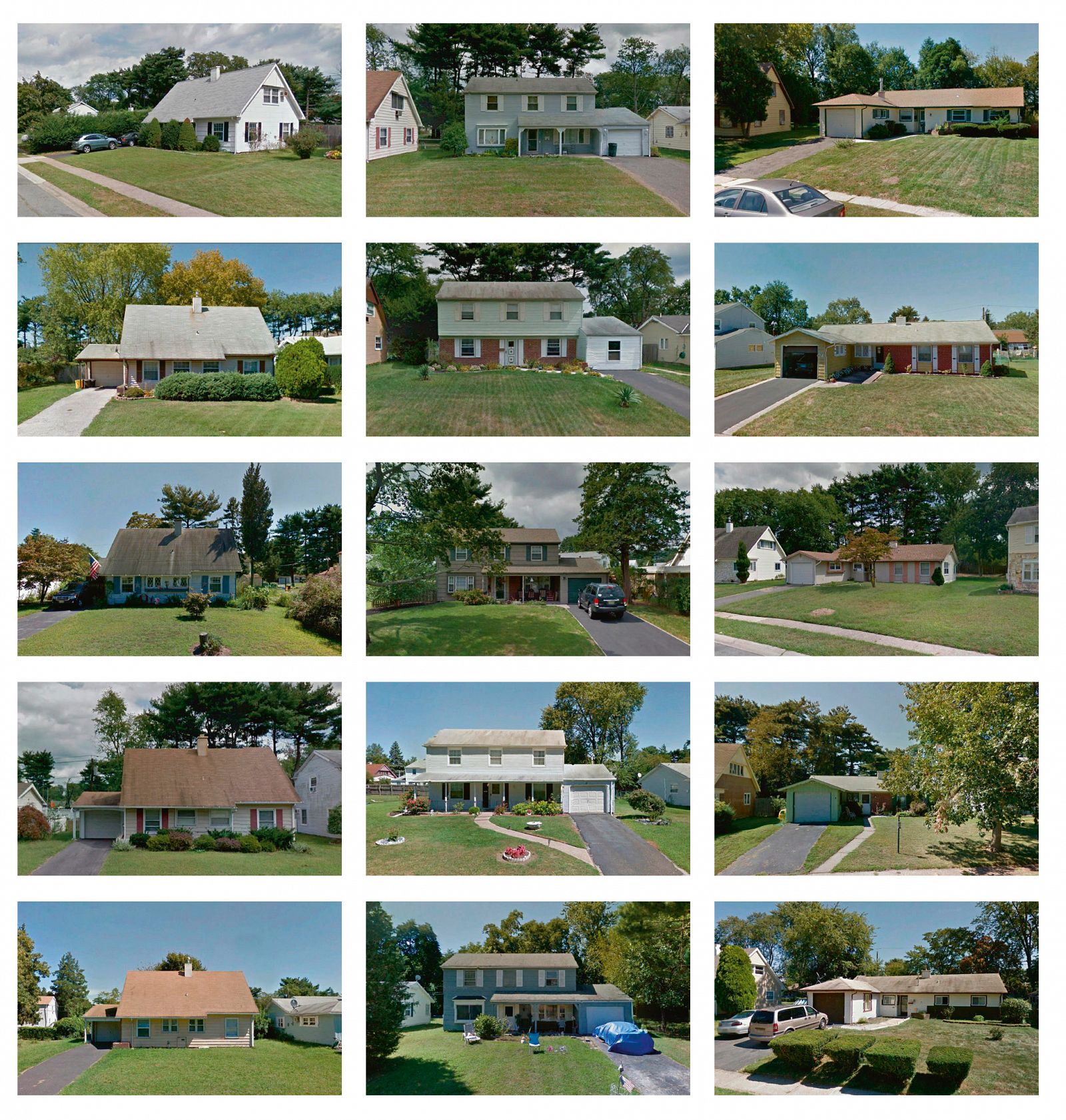
© Google Street View, 2015
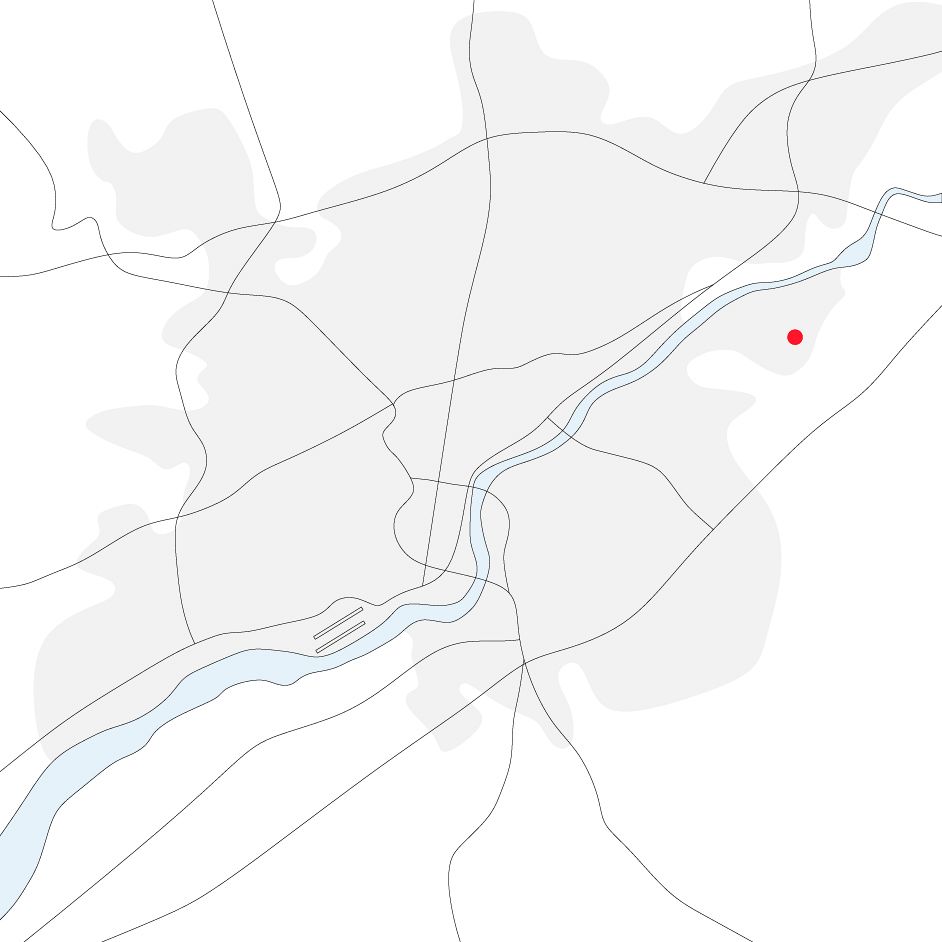
Drawing: © TU Delft, Delft Architectural Studies on Housing (DASH)
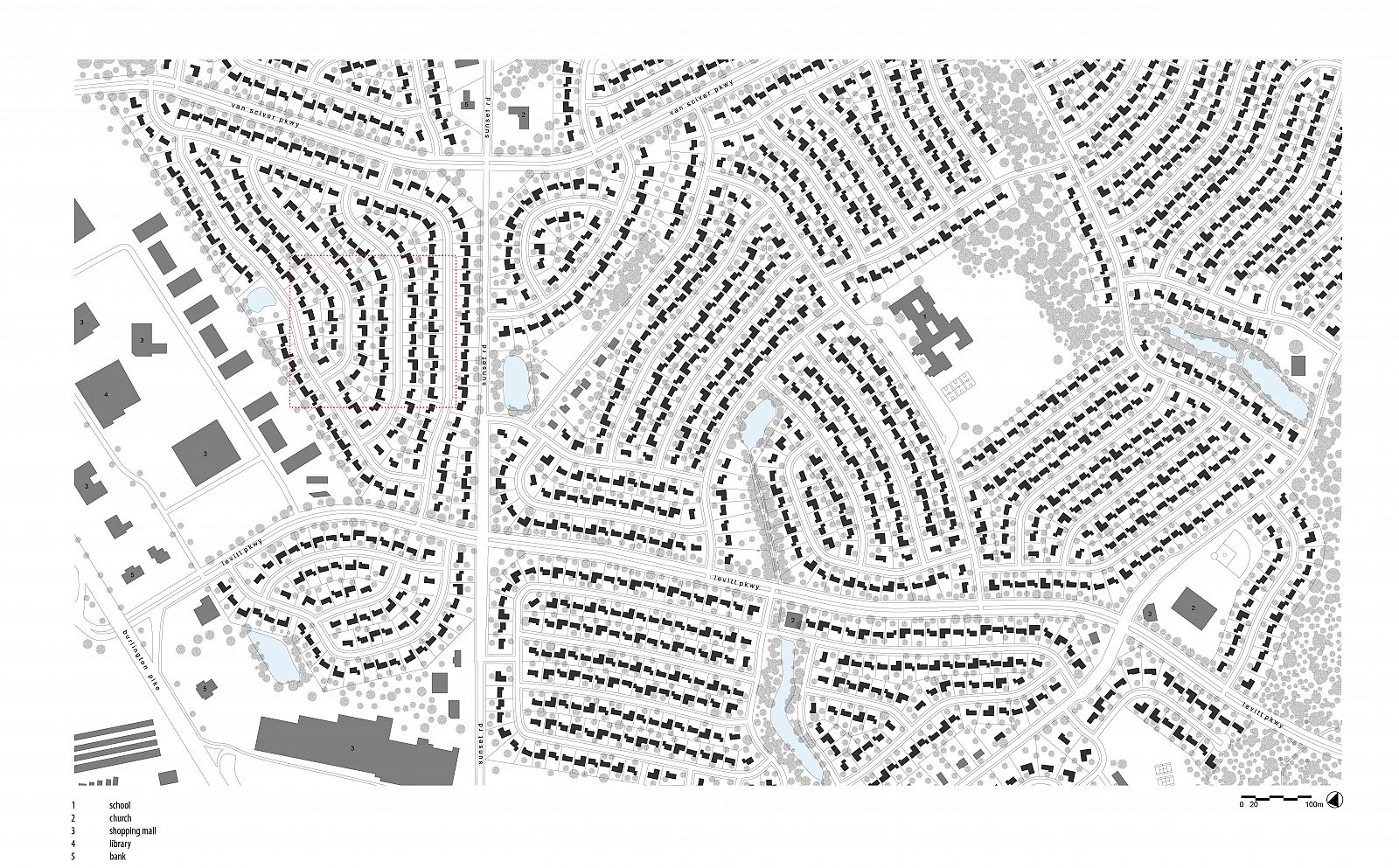
Drawing: © TU Delft, Delft Architectural Studies on Housing (DASH)
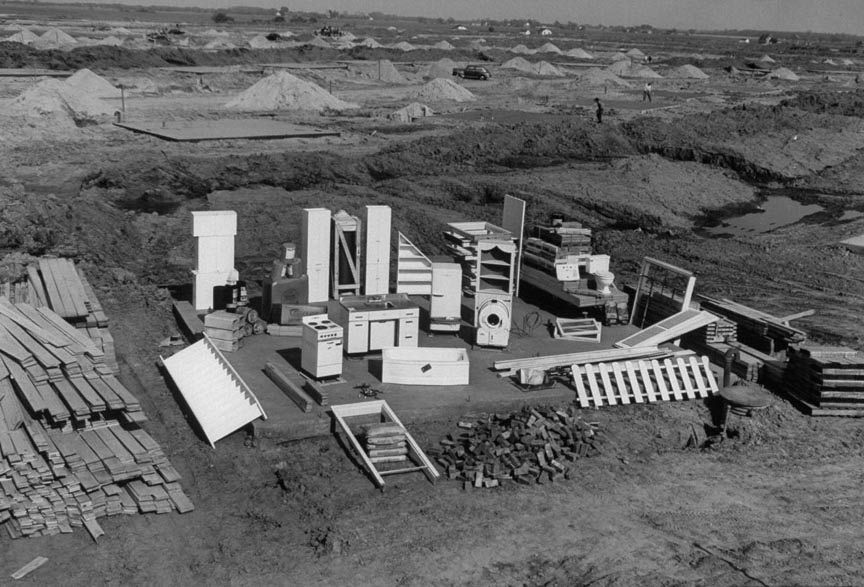
© LIFE magazine, Tony Linck, 1947
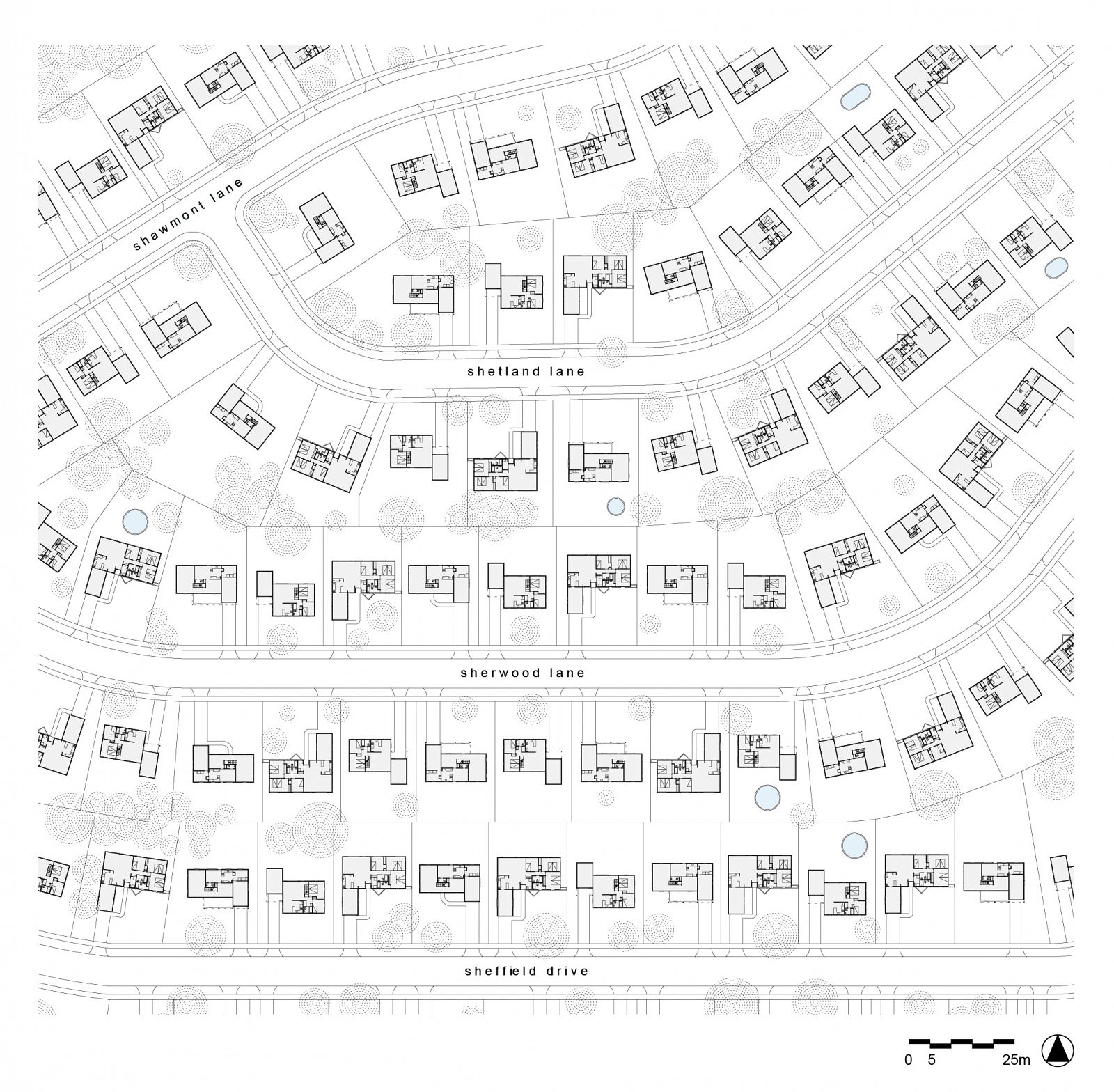
Drawing: © TU Delft, Delft Architectural Studies on Housing (DASH)
